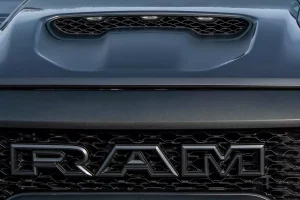A truck or trailer is usually a large motorized vehicle intended to transport goods. Trucks range greatly in size, power, and overall configuration. Smaller types can typically be mechanically very similar to many modern automobiles. In some cases, however, trucks are designed more to function as a construction or landscaping vehicle than as a recreational vehicle.
One of the most common ways that people obtain a citation for driving a truck without insurance is because they simply do not know how to edit the vehicle. If this is the case for you, it is important to note that there are numerous programs offered by most major insurance companies that make it extremely easy to change the specifics of your insurance coverage. Additionally, if your license has been suspended, you may be able to remove the suspension before requesting a quote. If you have other kinds of insurance, you can also remove those from your record as well.
When describing your truck, include all axles that are associated with the truck. Truck manufacturers are currently allowed to classify a single vehicle model as an “axle vehicle” or as a series of different axles that are connected to one another via a chain, or transmission. Truck manufacturers are only required to list the engine size of the model of trucks that have axles. For example, in accordance with United States Department of Transportation regulations, a tractor must have at least one outboard motor, while all tractor trailers and car trailers (including those manufactured by Mercedes-Benz) must have at least one outboard motor.
Every truck driver should be familiar with the names of the different parts of a semi-trailer truck’s body. You will first notice an assembly line like formation that consists of boxes that contain machinery such as the body shell, the frame, the chassis, and the drive unit such as the transom, the engine, transmission, etc. The cab of a semi-trailer is generally the largest part of the truck since it is where most of the work will take place. Semi-trailer trucks also have cab tops that protect the cab itself.
Trucks typically consist of one to two cab compartments, which can be classified by how they are partitioned. There are full units that contain the cab itself, while there are also empty shells that act as beds for the truck’s large tires. A truck can have both types of compartments depending on how much cargo a driver needs to carry and the type of truck. For example, if the truck is to carry heavy loads on long distances, then it may have an empty shell and a full unit that contain the bed, the engine, and the transmission.
Diesel fuel is used in large trucks since it is cheaper than other fuels. Smaller vehicles are able to use alternative fuels, but these are more costly and complicated to maintain. Diesel engines are also more powerful and give off greater exhaust gasses than other types of engines. This means that small trucks usually have bigger engines that consume more fuel and produce more exhaust gasses. To fix this problem, small truck manufacturers have created smaller engines that still function properly but are much cleaner and don’t put off as many emissions. A diesel engine can also generally get better mileage than other types of engines thanks to its durability, superior efficiency, and longer lifespan.







More Stories
How to Choose the Right Diesel Emission Services for Your Fleet
The Rise of Electric Trucks
Budget Truck Rental – Reasons to Rent From Budget